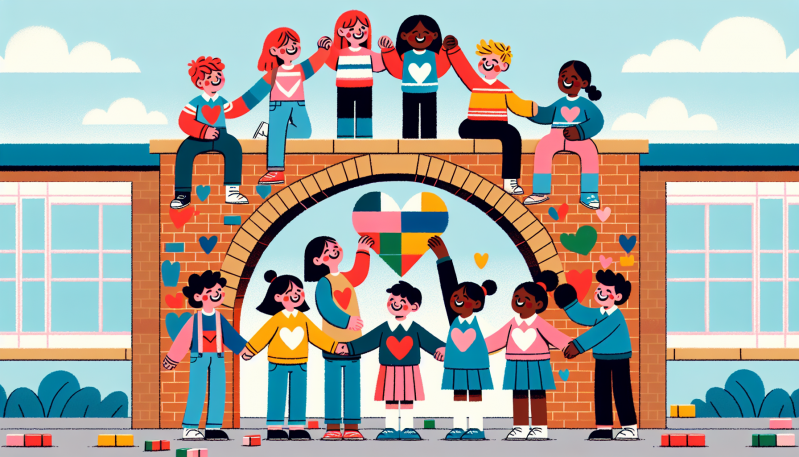In a world where academic proficiency is often the sole focus of education, there lies an unbeaten path towards emotional intelligence and mental well-being of students that is crucial to shaping a resilient, kind, and inclusive classroom. The role of educators extends far beyond the realms of traditional teaching; it encompasses the responsibility of recognizing and addressing the emotional and psychological well-being of every child they nurture.
As we enter an era where mental health awareness is gaining prominence, it’s pivotal to discuss the monumental impact of mental health literacy in the sphere of education. Mental health challenges among children are more common than one might expect, with the CDC reporting that 1 in 6 U.S. children aged 2-8 years has a diagnosed mental, behavioral, or developmental disorder. The question then arises: are our educators equipped to identify and support these students?
The answer, while hopeful, calls for action. It demands a systematic integration of mental health understanding into the educational curriculum — not just for students, but for the educators themselves. Teacher training programs must be revised to include comprehensive modules on mental health literacy, equipping educators with the tools necessary to identify the early signs of mental distress in students.
But what does mental health literacy entail for teachers? It begins with the basics of understanding common mental health issues, such as anxiety, depression, and the impact of stress on the developing brain. Educators should be trained in empathy and active listening, fostering an environment where students feel safe and understood. Furthermore, educators should have the skills to provide first-level support and to communicate effectively with mental health professionals when required.
Schools can play an active role by providing resources such as in-house counselors, regular workshops, and training sessions with mental health professionals. Partnerships with organizations specialized in mental health, like Friendship Week, can bridge the gap by offering expert guidance and additional resources tailored for young minds.
Another significant aspect is the promotion of Diversity, Equity, and Inclusion (DEI) within the classroom. Mental health challenges do not occur in a vacuum and are often intertwined with issues related to identity and the feeling of belonging. Educators must therefore be sensitive and responsive to the diverse backgrounds of their students and foster an environment that is not only accepting but also celebrates differences.
The collaboration between educators and mental health professionals is a powerful alliance that ensures a comprehensive approach to student well-being. By sharing their distinct insights and strategies, they can create a unified support system for students—a system where educators are the front-line allies and mental health professionals are the specialized support.
In conclusion, the creation of a resilient classroom is a multifaceted endeavor. It requires educators to be guardians of both the mind and the heart, to transcend their traditional roles and become beacons of support for their students’ overall well-being. With the proper training, resources, and collaborative efforts, we can cultivate an educational environment where mental health literacy is the foundation of a compassionate and inclusive classroom culture.



